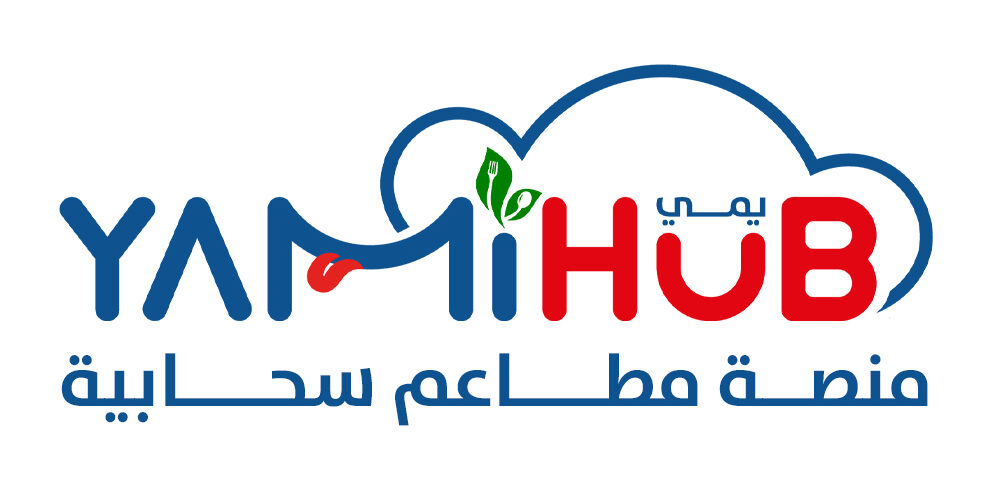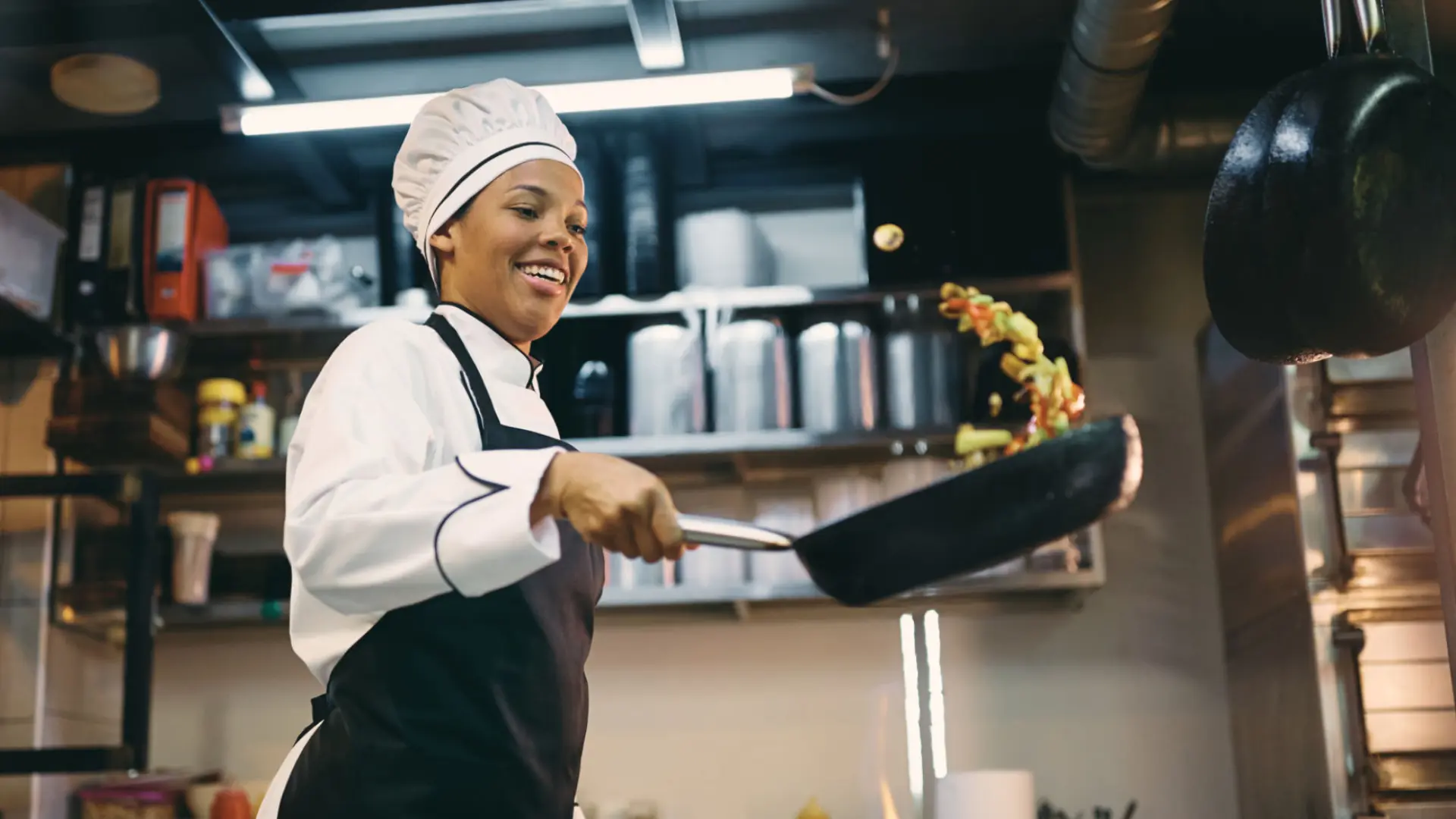cost of opening a cloud kitchen – all information about coast
In the fast-evolving food industry, cloud kitchens, also known as ghost kitchens or dark kitchens, have emerged as a revolutionary concept. These kitchens operate without a traditional dine-in space, focusing solely on food delivery and takeout services. As the demand for online food delivery continues to grow, more entrepreneurs are turning to cloud kitchens as a cost-effective and scalable solution for entering the food business. In this article, we’ll explore what a cloud kitchen is, its benefits, and the costs associated with setting up and running one.

cost of opening a cloud kitchen – all information about coast
What is a Cloud Kitchen?
A cloud kitchen is a commercial kitchen space that serves as the heart of a delivery-only restaurant. Unlike traditional restaurants, cloud kitchens do not have a dining area for customers. Instead, they prepare food solely for delivery through online platforms such as Uber Eats, DoorDash, or their proprietary apps. This model allows restaurants to reach a broader audience with lower overhead costs, making it an attractive option for new and existing food businesses.
Cloud kitchens can take various forms:
1 Standalone Cloud Kitchens: A single kitchen space operated by one brand.
2 Shared Cloud Kitchens: Multiple brands share a kitchen space, reducing costs and maximizing efficiency.
3 Commissary Kitchens: Centralized production facilities that prepare food for multiple outlets or delivery points.
Benefits of Cloud Kitchens

cost of opening a cloud kitchen – all information about coast
Cloud kitchens offer numerous advantages, especially for entrepreneurs looking to enter the food industry with limited capital. Some key benefits include:
1 Lower Overhead Costs: Traditional restaurants require significant investment in real estate, décor, and staff to create a welcoming dine-in experience. Cloud kitchens eliminate these costs by focusing solely on food production, allowing operators to allocate more resources to quality ingredients and marketing.
2 Scalability: Cloud kitchens can be easily scaled up or down based on demand. Since the model is highly flexible, operators can test new markets, cuisines, or concepts without the financial risks associated with opening a full-service restaurant.
3 Faster Time to Market: Setting up a traditional restaurant can take months or even years, from finding the right location to securing permits and completing construction. Cloud kitchens, on the other hand, can be launched in a matter of weeks, allowing entrepreneurs to start serving customers quickly.
4 Data-Driven Operations: Cloud kitchens rely heavily on data to optimize their operations. By analyzing customer preferences, delivery times, and sales patterns, operators can make informed decisions about menu offerings, pricing, and marketing strategies.
5 Increased Reach: With a cloud kitchen, restaurants are not limited to serving customers within a specific geographic area. By partnering with multiple delivery platforms, they can reach customers across a wide region, increasing their potential customer base.
read more next to cost of opening a cloud kitchen
Cloud Kitchen Concept – Revolutionizing the Restaurant Industry
The Most Important Tips for Success in Cloud Restaurants
The Most Important Tips for Success in Cloud Restaurants
cost of opening a cloud kitchen
While cloud kitchens are generally more cost-effective than traditional restaurants, they still involve several expenses that operators need to consider. Below is a breakdown of the key costs associated with setting up and running a cloud kitchen:
1 Initial Setup Costs
◾ Kitchen Space Rental: The cost of renting a commercial kitchen space varies depending on location, size, and amenities. In major cities, monthly rents can range from $1,000 to $10,000. Shared kitchen spaces may offer lower rates but may also have limitations in terms of available time slots and equipment.
◾ Equipment and Appliances: A cloud kitchen requires basic kitchen equipment such as ovens, stoves, refrigerators, and preparation tables. The cost of purchasing new equipment can range from $10,000 to $100,000, depending on the scale of the operation. Leasing equipment is also an option to reduce upfront costs.
◾ Licensing and Permits: Obtaining the necessary licenses and permits for food preparation and delivery is essential. This includes health department permits, food handler’s licenses, and business registration fees. Depending on the location, these costs can range from a few hundred to several thousand dollars.
2. Operational Costs
◾ Staffing: While cloud kitchens require fewer staff than traditional restaurants, operators still need to hire chefs, kitchen assistants, and delivery personnel (if not using third-party platforms). Monthly labor costs can vary widely depending on the size of the operation and local wage laws.
◾ Utilities: Utilities such as electricity, water, gas, and internet are ongoing expenses that must be factored into the budget. These costs can range from $500 to $3,000 per month, depending on the kitchen’s size and the volume of orders.
◾ Food Ingredients and Packaging: The cost of ingredients and packaging materials is a significant ongoing expense. Operators need to source quality ingredients that align with their menu offerings and budget for eco-friendly packaging options, which are increasingly popular with consumers.
3. Marketing and Technology Costs
◾ Delivery Platform Fees: Partnering with third-party delivery platforms is essential for reaching customers, but these services come with fees. Delivery platforms typically charge a commission of 15% to 30% per order, which can significantly impact profitability.
◾ Technology and Software: Cloud kitchens rely on technology for order management, inventory tracking, and customer relationship management. Investing in a robust point-of-sale (POS) system and kitchen display systems (KDS) can streamline operations but may require an upfront investment of $1,000 to $5,000.
◾ Marketing and Branding: Effective marketing is crucial for attracting customers in a competitive market. Digital marketing, social media advertising, and promotional campaigns are ongoing costs that should be factored into the budget. Monthly marketing expenses can range from $500 to $5,000, depending on the scope and scale of the campaign.
4. Additional Costs
◾ Insurance: Cloud kitchens need insurance coverage for property damage, liability, and workers’ compensation. Insurance costs vary based on the coverage level and location, typically ranging from $500 to $2,000 per year.
◾ Maintenance and Repairs: Regular maintenance of kitchen equipment and facilities is essential to prevent costly breakdowns. Budgeting for maintenance and unexpected repairs is crucial to avoid disruptions in operations.
Conclusion cost of opening a cloud kitchen
Cloud kitchens present a promising opportunity for entrepreneurs looking to enter the food industry with lower costs and greater flexibility than traditional restaurants. However, understanding the various costs associated with setting up and running a cloud kitchen is essential for long-term success. By carefully planning and budgeting for these expenses, operators can maximize their profitability and thrive in the competitive food delivery market.


